
Are is a monotypic moth genus in the subfamily Arctiinae erected by Francis Walker in 1855. The type species is Are druryi, which is found on Jamaica. This species was described by Dru Drury in 1773 under the name Phalaena marginata, but this name is preoccupied by Phalaena marginataLinnaeus, 1758 and a new specific epithet, honouring Drury, was assigned in 1986.

Archodontes is a genus of root-boring beetles in the family Cerambycidae. It is monotypic, being represented by the single species Archodontes melanopus. It is endemic to Central America and the south-eastern United States, and bores the roots of oaks and other hardwoods.

Euphaedra perseis, the Perseis mimic forester, is a butterfly in the family Nymphalidae. It is found in Guinea (Conakry), Sierra Leone, Liberia, Ivory Coast and western Ghana. It was first described by Dru Drury in 1773.

Hypocrita pylotis is a moth of the family Erebidae. It was described by Dru Drury in 1773. It is found in Honduras.

Neoclytus longipes is a species of beetle in the family Cerambycidae. It was described by Dru Drury in 1773.
Eburia quadrimaculata is a species of beetle in the family Cerambycidae.

Elaphidion irroratum is a species of beetle in the family Cerambycidae. It was described by Carl Linnaeus in his 1767 12th edition of Systema Naturae.
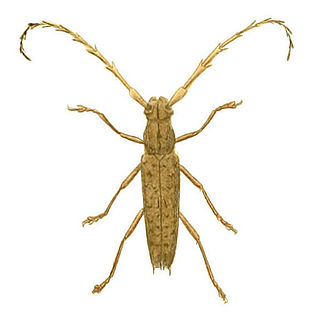
Elaphidion spinicorne is a species of beetle in the family Cerambycidae. It was described by Dru Drury in 1773 from Jamaica.
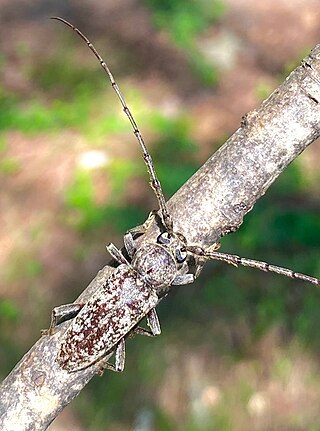
Enaphalodes atomarius, also known as the robust oak borer, is a species of beetle in the family Cerambycidae. It was described by Dru Drury in 1773 from New York City.

Steirastoma pustulata is a species of beetle in the family Cerambycidae. It was described by Dru Drury in 1773 from Jamaica.

Pitthea famula is a species of moth in the family Geometridae. It was first described by Dru Drury in 1773 from Calabar, in what is now Nigeria. It is found in Angola, Benin, Cameroon, the Republic of the Congo, the Democratic Republic of the Congo, Equatorial Guinea (Bioko), Nigeria, Sierra Leone and Zambia.

Antheua servula is a species of moth of the family Notodontidae. It was first described by Dru Drury in 1773 from Madras. It is also found in other parts of India, Sri Lanka and on Sumatra.

Imbrasia epimethea is a species of moth belonging to the family Saturniidae. It was first described by Dru Drury in 1773 from the Calabar coast.

Crameria is a monotypic moth genus in the family Noctuidae erected by Jacob Hübner in 1819. Its only species, Crameria amabilis, was first described by Dru Drury in 1773.

Sternotomis mirabilis is a genus of long-horned beetle belonging to the family Cerambycidae. It was first described in 1773 by Dru Drury from Sierra Leone.
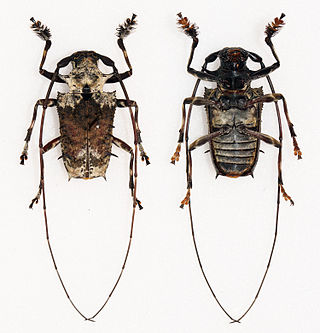
Polyrhaphis spinosa is a species of longhorn beetles of the subfamily Lamiinae. It was first described by Dru Drury in 1773.

Gaeana maculata is the type species of cicadas in the genus Gaeana. It was first described by Dru Drury in 1773, from China.

Pseudobunaea alinda is a species of very large moths in the family Saturniidae. The species was first described by Dru Drury in 1782, and is found in Angola, Cameroon, Congo, DR Congo, Gabon, Guinea, Ivory Coast, Sierra Leone, and Tanzania.
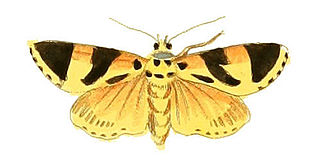
Attatha ino is a species of moth of the family Noctuidae. It was described by Dru Drury in 1782 from "Madras".
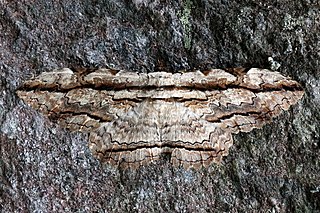
Thysania zenobia, the owl moth, is a species of moth in the family Erebidae. The species was first described by Pieter Cramer in 1776, and is native to North and South America and the Caribbean.



















